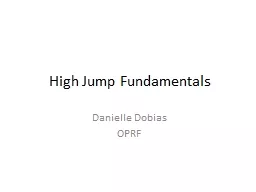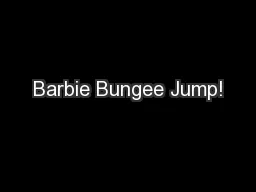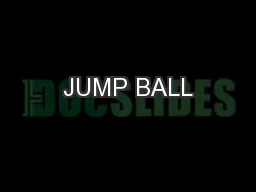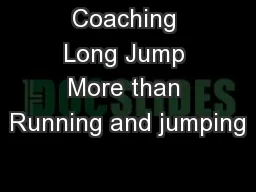PPT-High Jump Fundamentals
Author : yoshiko-marsland | Published Date : 2016-05-18
Danielle Dobias OPRF High Jump Highlights Jumping Styles Prior to The Fosbury Flop the technique used to get over the bar was a straddle or scissor technique
Presentation Embed Code
Download Presentation
Download Presentation The PPT/PDF document "High Jump Fundamentals" is the property of its rightful owner. Permission is granted to download and print the materials on this website for personal, non-commercial use only, and to display it on your personal computer provided you do not modify the materials and that you retain all copyright notices contained in the materials. By downloading content from our website, you accept the terms of this agreement.
High Jump Fundamentals: Transcript
Download Rules Of Document
"High Jump Fundamentals"The content belongs to its owner. You may download and print it for personal use, without modification, and keep all copyright notices. By downloading, you agree to these terms.
Related Documents














